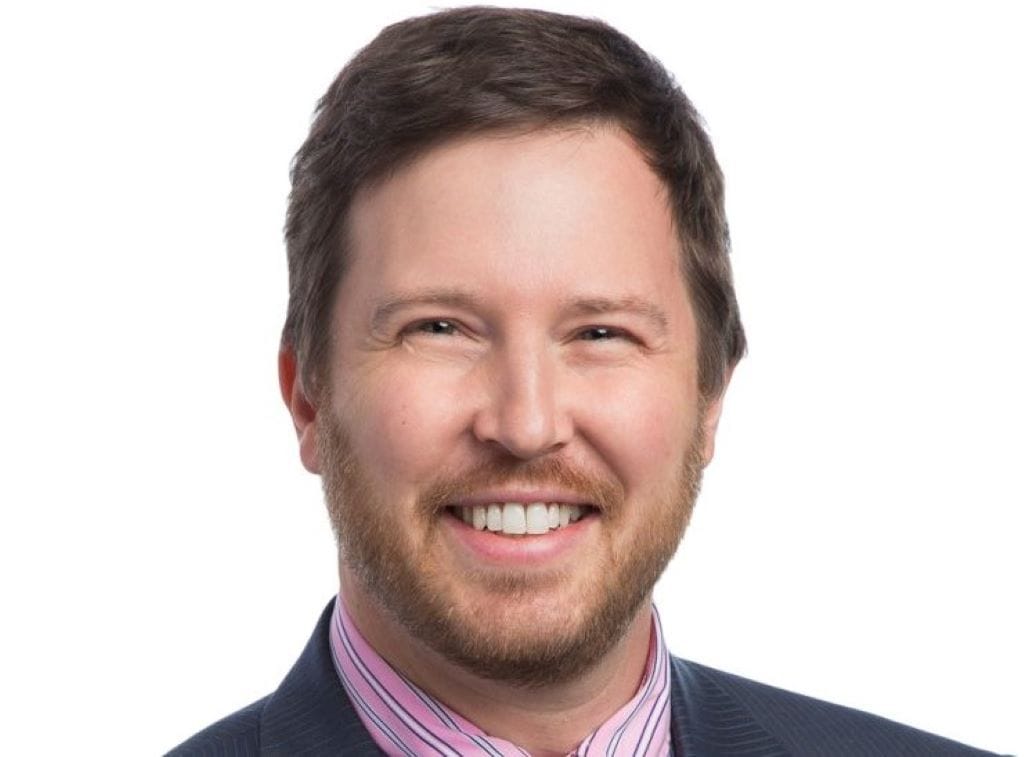Sascha Meinrath: 12 GigaHertz Band is Key to Bridging the Digital Divide
We may miss a major opportunity to finally connect all areas of the country if we don’t leverage 5G FWA technology.

Technological innovation and disruption go hand-in-hand.
Next generation 5G fixed wireless access is the latest technology disrupting the broadband landscape by offering consumers a cheaper, faster, and more widely available internet connection than traditional wired technologies. Essentially, this technology harnesses the power of 5G wireless networks to deliver high-speed internet via electromagnetic spectrum instead of coaxial cable or fiber.
This means that more homes and businesses can access the high-speed internet they need to work and live in the 21st century. We know that far too many rural areas of the United States still lack reliable high-speed internet connectivity due to the overwhelming cost and deployment challenges of traditional wired technologies.
Outside of our urban cores and highway corridors, many modern life-enhancing technologies remain unavailable. For underserved constituencies, health outcomes are less positive; educational and business opportunities are more limited; and a myriad of other harms are borne by our more rural constituencies.
5G Fixed Wireless Access provides new opportunities
But 5G FWA stands to finally connect those communities that remain unserved or underserved. Because this technology can span distances and cross terrains that coaxial and fiber cannot, at a fraction of the cost, more communities will be connected using 5G FWA than ever before
Nowhere, however, is the opportunity to deploy this new technology more apparent than on Tribal lands. Native Americans living on Tribal lands experience some of the lowest quality connectivity in the nation. Often, Tribal lands are in the most remote areas of the country where traditional wired broadband technology is unavailable. And when that technology is available, monthly broadband service fees are cost prohibitive.
While recent initiatives like the Tribal Broadband Connectivity Program are worth applauding, we still have a long way to go in connecting Tribal lands. Even the Federal Communications Commission’s official data, which historically presented an over-rosy picture of the state of the digital divide, shows less than 50% of Native American households have fixed broadband coverage, which is more than 25 percentage points lower than non-Tribal areas.
The situation quickly goes from bad to worse when you attach dollars and cents to the data. For instance, Tribes such as the Navajo Nation are paying an increased cost of anywhere from $20 to $40 per month (or more) compared to other parts of the U.S., making broadband more expensive to some of the least-resourced communities in the country.
The federal government knows this and is looking to tackle the digital divide through programs such as its $42 billion investment in digital equality via the Broadband Equity, Access, and Deployment Program. However, we may miss a major opportunity to finally connect all areas of the country, including Tribal lands, if we don’t leverage 5G FWA technology that is disrupting the broadband market today.
While many Tribal communities own all the natural resources on their lands, one natural resource- electromagnetic spectrum- remains under the control of the FCC. And this is for a good reason — spectrum is a finite resource that must be controlled almost like a highway, so that it can be used most efficiently with minimal interference.
Recognizing that it is in the public interest to grant Tribal communities’ access to spectrum to improve broadband connectivity, the FCC allowed Tribal access to specific spectrum bands to build out new wireless networks. However, the most recent 2.5 GHz Tribal access window closed before the BEAD program was conceived, and so many Tribal communities cannot take advantage of this critical combination of technology and funds.
Perhaps an overlooked, but meaningful opportunity to change the face of connectivity on rural and Native lands in light of disruptive 5G FWA technology, would be to allow rural and Tribal communities access to more spectrum just in time for the disbursement of BEAD funds. And the perfect candidate for this access would be the 12 GHz band.
FCC has the opportunity to use 12GHz to enhance digital equity
After more than two years of studying the 12 GHz band, reviewing numerous engineering studies, and listening to all sides of the debate, the FCC has an opportunity to greatly enhance current digital equity efforts by unlocking the 12 GHz band to enable local 5G FWA implementation.
Taking this step would go a long way toward alleviating the digital challenges facing Native American communities because wireless networks are a proven solution to the distance and terrain challenges of these lands. Providing increased connectivity options – at faster speeds, for less money – will reduce the digital divide and bring more communities online who can reap the benefits of today’s technologies. And doing so before the once in a generation $42 billion investment in connectivity is simply smart governing.
Government agencies rarely have the opportunity to significantly and immediately improve the lives of unserved and underserved constituencies, but this is one of those moments for the FCC. The 21st century is the dawn of the digital era – and it is well past time that we work to ensure that everyone, regardless of location or Native nation, shares in the bounty of the innovations and disruptions of this digital revolution.
Sascha Meinrath is a Penn State telecommunications professor and founder of X-Lab – a think tank dedicated to achieving digital equality. This piece is exclusive to Broadband Breakfast.
Broadband Breakfast accepts commentary from informed observers of the broadband scene. Please send pieces to commentary@breakfast.media. The views expressed in Expert Opinion pieces do not necessarily reflect the views of Broadband Breakfast and Breakfast Media LLC.








